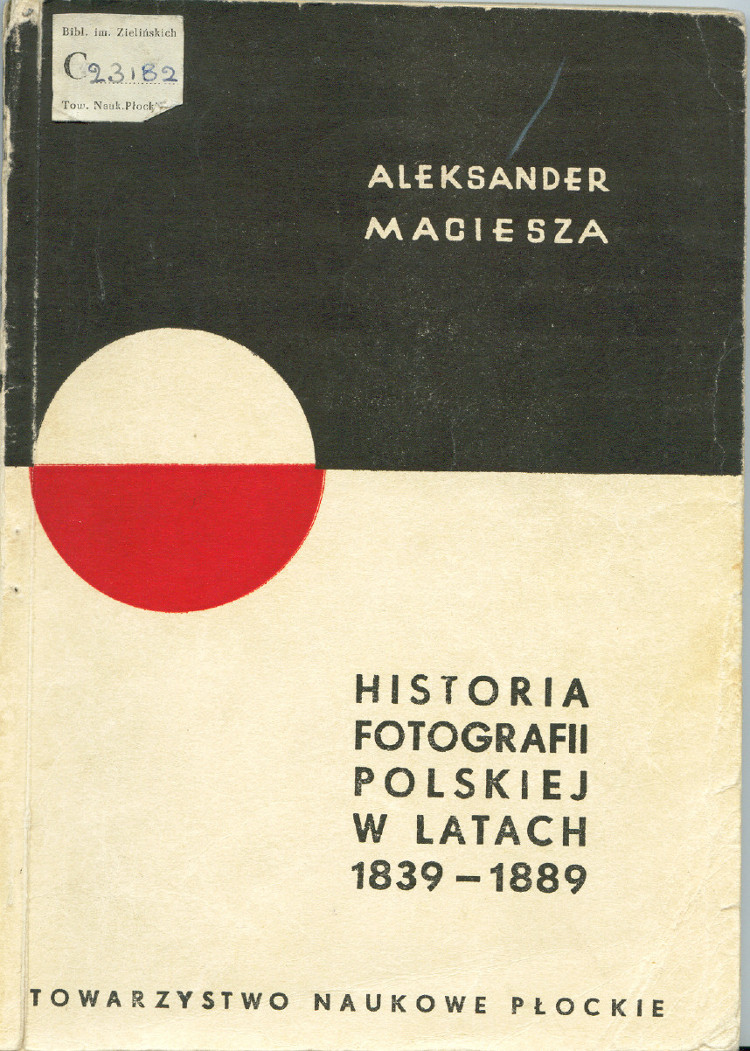Sensate: A Journal for Experiments in Critical Media Practice (2012-)
Filed under journal | Tags: · archive, art, digital humanities, ethnography, film, history of technology, media archeology, media art, photography, sensory ethnography, sociology, sound, video, visual anthropology

Sensate is a peer-reviewed, issueless, open-access, media-based journal for the creation, presentation, and critique of innovative projects in the arts, humanities, and sciences. Its mission is to provide a scholarly and artistic forum for experiments in critical media practices that expand academic discourse by taking us beyond the margins of the printed page. Fundamental to this expansion is a re-imagining of what constitutes a work of scholarship or art.
Editors-in-Chief: Lindsey Lodhie, Peter McMurray, Joana Pimenta, and Elizabeth Watkins
Creative Commons 3.0 Attribution license
Susan Buck-Morss: The Dialectics of Seeing: Walter Benjamin and the Arcades Project (1989–) [English, Spanish]
Filed under book | Tags: · 1800s, advertising, bourgeoisie, city, commodification, critical theory, cultural criticism, fashion, flaneur, history, literary criticism, literature, paris, photography, poetry

“Walter Benjamin‘s magnum opus was a book he did not live to write. In The Dialectics of Seeing, Susan Buck-Morss offers an inventive reconstruction of the Passagen-Werk, or Arcades Project, as it might have taken form.
Working with Benjamin’s vast files of citations and commentary which contain a myriad of historical details from the dawn of consumer culture, Buck-Morss makes visible the conceptual structure that gives these fragments philosophical coherence. She uses images throughout the book to demonstrate that Benjamin took the debris of mass culture seriously as the source of philosophical truth.
The Paris Arcades that so fascinated Benjamin (as they did the Surrealists whose “materialist metaphysics” he admired) were the prototype, the 19th century ‘ur-form’ of the modern shopping mall. Benjamin’s dialectics of seeing demonstrate how to read these consumer dream houses and so many other material objects of the time—from air balloons to women’s fashions, from Baudelaire’s poetry to Grandville’s cartoons—as anticipations of social utopia and, simultaneously, as clues for a radical political critique.
Buck-Morss plots Benjamin’s intellectual orientation on axes running east and west, north and south—Moscow Paris, Berlin-Naples—and shows how such thinking in coordinates can explain his understanding of ‘dialectics at a standstill’. She argues for the continuing relevance of Benjamin’s insights but then allows a set of “afterimages” to have the last word.”
Publisher MIT Press, 1989
Studies in Contemporary German Social Thought Series
ISBN 0262022680
493 pages
Reviews: Shierry Weber Nicholsen (New German Critique, 1990), Robert Tobin (Phil and Lit, 1991), James L. Gussen (Germanic Review, 1992), Erika Berroth (J Germanic Linguistics, 1994), Beste Alpay (Montréal Review, 2011).
Publisher (EN)
The Dialectics of Seeing: Walter Benjamin and the Arcades Project (English, 22 MB, updated on 2019-12-3)
Dialectica de la mirada: Walter Benjamin y el proyecto de los Pasajes (Spanish, trans. Nora Rabotnikof, 1995, updated on 2013-5-2)
Aleksander Maciesza: Historia fotografii polskiej w latach 1839–1889 (1972) [Polish]
Filed under book | Tags: · history of photography, photography, poland

“W roku 1939 miala być obchodzona uroczyscie setna rocznica fotografii. Towarzysztwo Naukowe Płockie zamierzalo jubileusz ten uczcić opracowaniem i wydaniem pionierskego dzieła pt.: Dzieje fotografii w Polsce. Materiały gromadził i dzieło od szeregu lat opracowywał dr Aleksander Maciesza (1875–1945) – prezes Towarzysztwo Naukowego Płockiego w latach 1907–1945, sam fotografik i znakomity znawca przedmiotu.
Niestety, na przeszkodzie stanął wybuch drugiej wojny światovej. Autor zdążył opracować pierwsze pięćdziesięciolecie (1839–1889). Ale nawet ta niedokończona praca, będąca jednak pierwszym, obszerniejszym przedstawieniem dziejów fotografii w Polsce, zasługuje na wydanie tak ze względu na zawarte w niej materiały, jak i na światło, które rzuca na rozwój kultury polskiej, ściśle związanej najpierw z rozwojem druku, a potem fotografii i pochodzących od niej kina i telewizji.
Kierując się tymi względami, Zarząd Towarzysztwa Naukowego Płockiego zdecydował się wydać prace prezesa Aleksandra Macieszy w tej postaci w jakiej – ze wględów technicznych i innych jest to możliwe, mając na uwadze, że znajdą się autorzy, którzy rozpoczętą historię fotografii polskiej doprowadza do czasów najnowszych.” (from the Introduction)
Publisher Towarzystwo Naukowe Płockie, Plock, 1972
83 pages
PDF (no OCR)
Comment (0)
